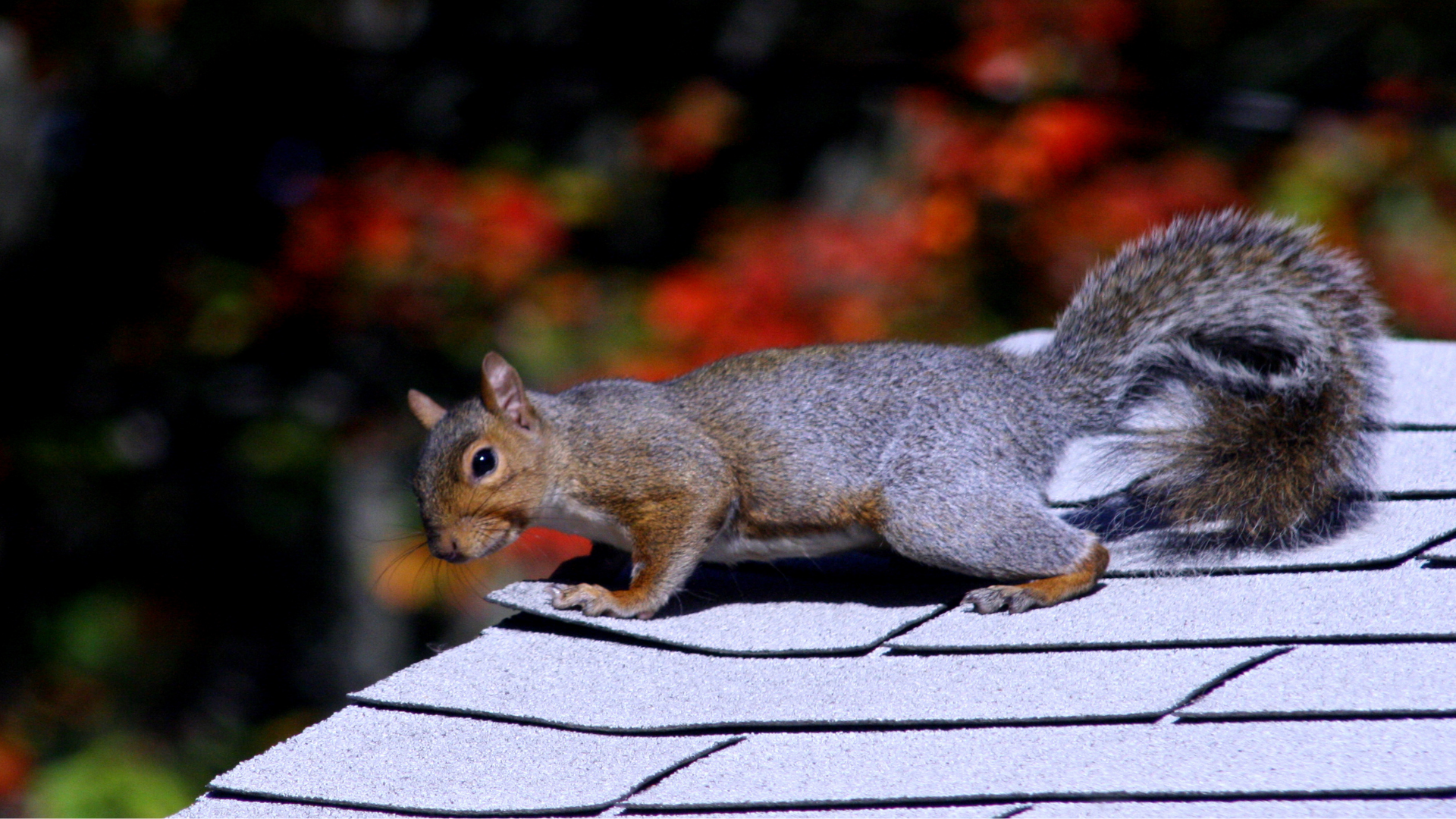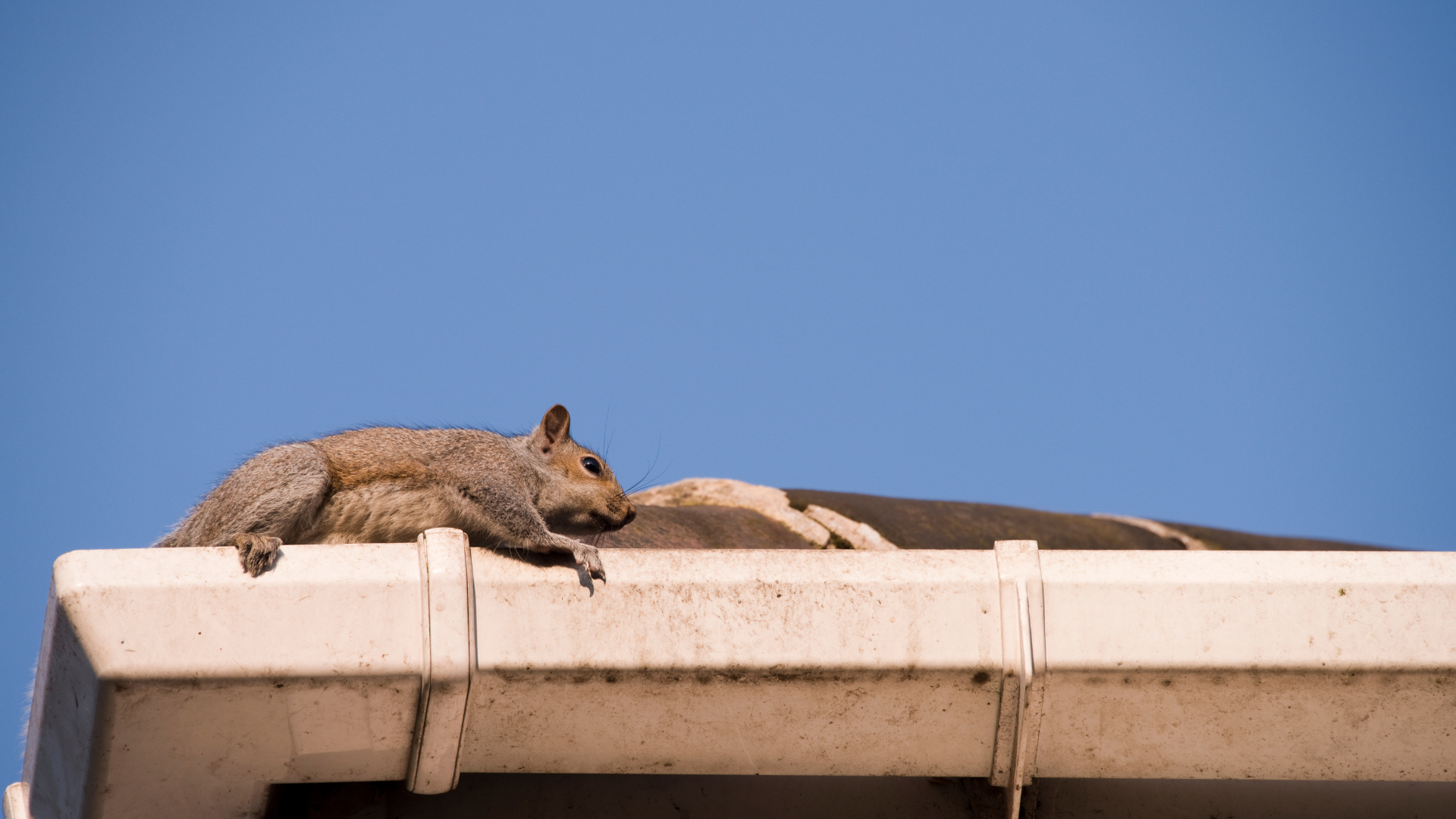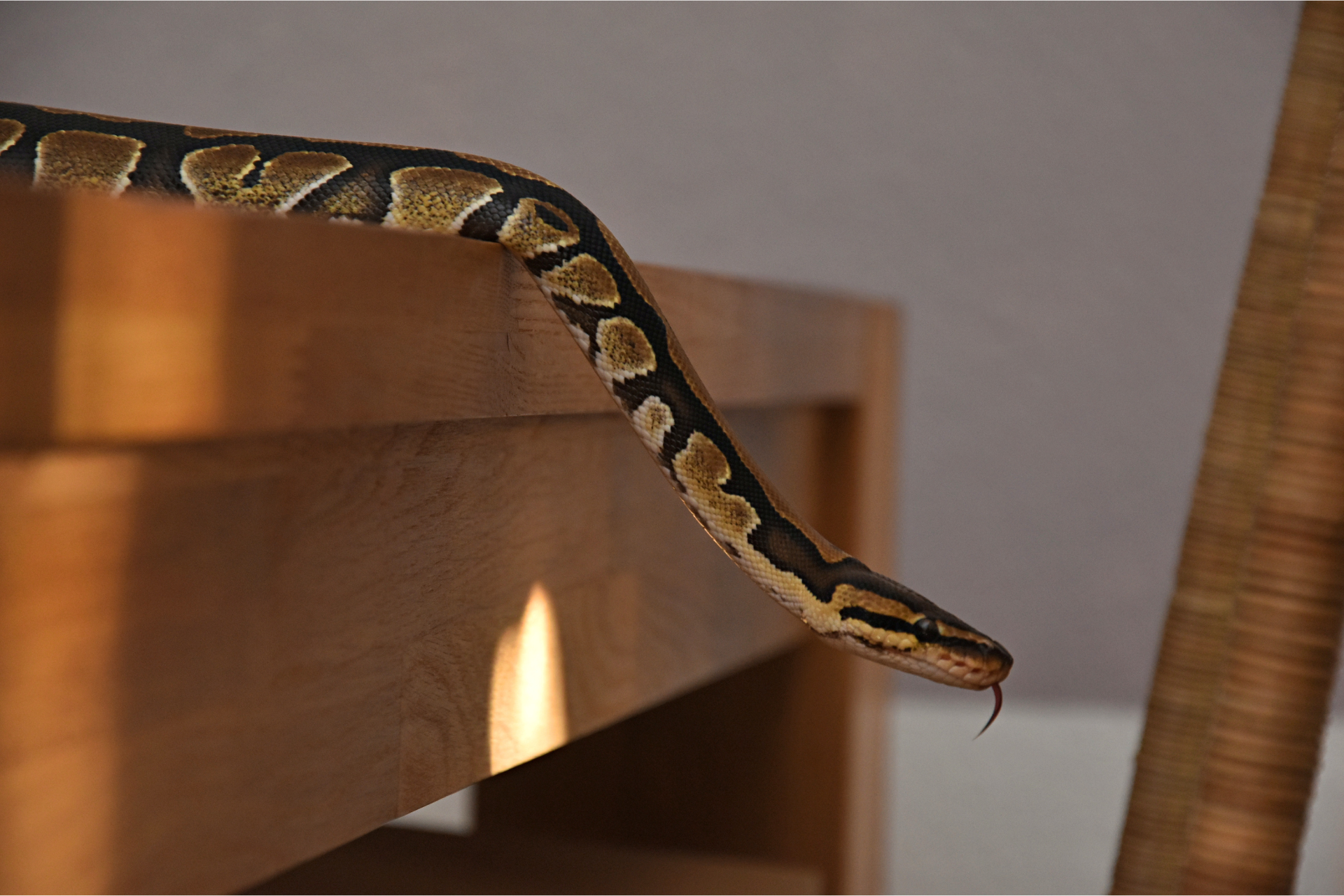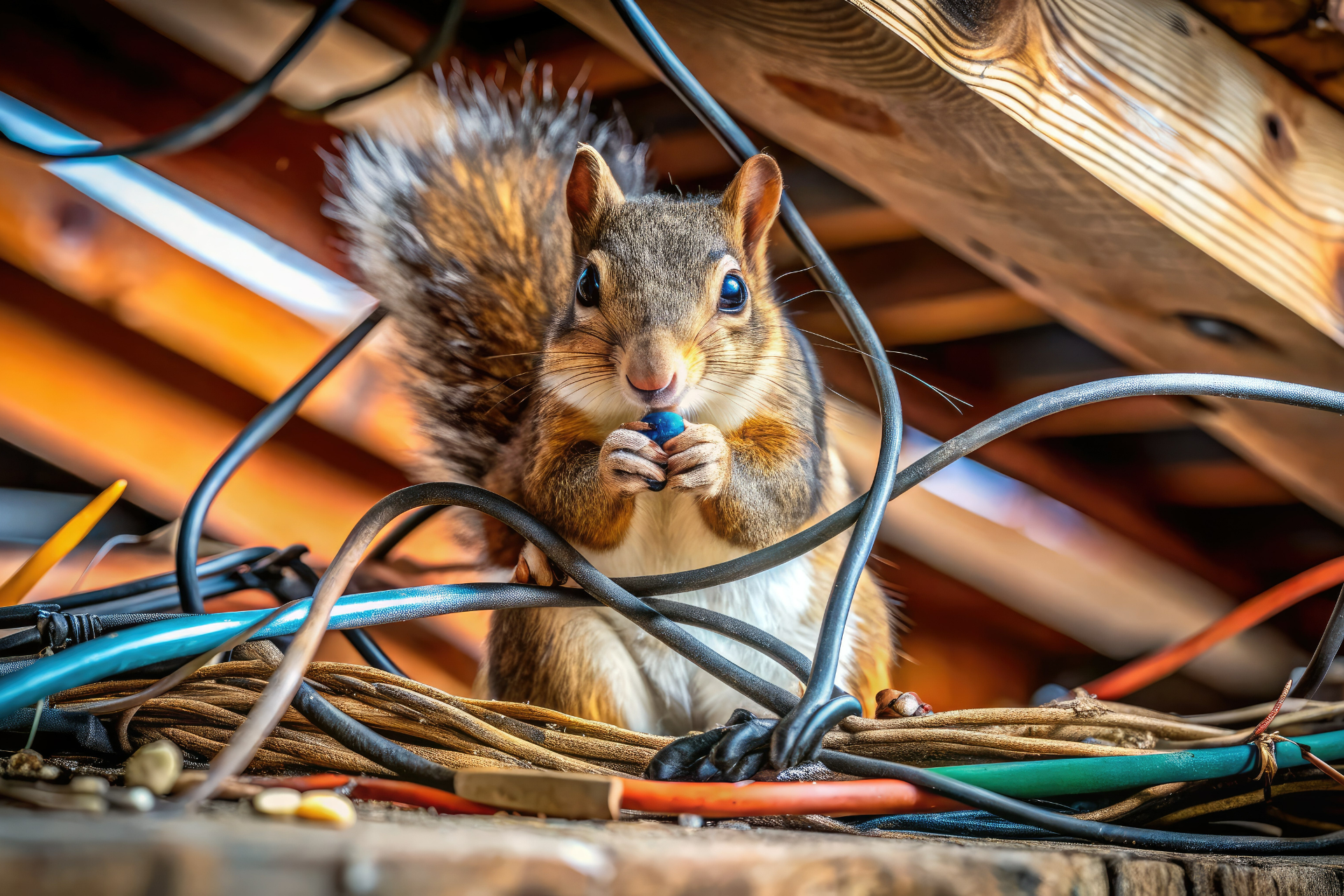Tips To Keep Rodents Out Of Your Home
Effective Rodent Prevention Tips For Lasting Protection
A clean home might seem like a basic thing, but when it comes to keeping rodents at bay, it’s one of the most powerful defenses you can build. Mice and rats aren’t just looking for shelter; they’re searching for food, warmth, and a quiet place to breed. Even a few crumbs left behind in a pantry corner or a forgotten bag of pet food in the garage can draw them in like a magnet. Consistent cleaning routines interrupt that attraction and make your home less appealing to these persistent intruders.
The key is to think about where rodents are most likely to explore. Kitchens, basements, attics, and storage areas are prime real estate for them. Wiping down counters, sweeping floors, and storing food in sealed containers go a long way in removing scent trails that guide scavengers like these toward easy meals. Regular vacuuming helps remove crumbs that settle into carpet fibers, and keeping trash cans tightly closed stops the lingering odors that signal a free buffet.
Even small habits, like rinsing recycling before tossing it in the bin or checking under appliances for buildup, contribute to a cleaner, less rodent-friendly environment. When the spaces they rely on for survival become too clean to provide comfort, rodents often move on to find another location that offers what they need. Over time, that consistent effort forms the first layer of protection against infestations that can start quietly and grow rapidly if ignored.
Sealing Entry Points Keeps The Invaders Out
No matter how spotless your home is, rodents will still try to get inside if they find an opening. What surprises many homeowners is how small those openings can be. A mouse can squeeze through a gap about the size of a dime, and rats can flatten themselves enough to fit through spaces that look impossible. Once inside, they use insulation, wiring, and even furniture padding to build nests, which leads to damage and costly repairs.
The trick is to think like a rodent. They scout for weaknesses along foundations, windows, vents, and doors. If you can slide a pencil or coin into a crack, it’s likely large enough for a mouse to slip through. Inspecting these areas carefully, especially as the seasons change, can help you spot vulnerabilities early. Pay attention to utility entry points where pipes, cables, and ducts connect to your home. These spots are common pathways for rodents since they often lead directly indoors.
Using materials such as steel wool, caulk, and wire mesh can seal those entry points effectively. Expanding foam may look like an easy fix, but rodents can chew through it. Hard materials like sheet metal or concrete patches create a more durable barrier that discourages attempts to gnaw through. It’s worth checking doors and windows for worn weather stripping, as even small gaps around frames can create easy access. Once these openings are sealed, rodents lose the most direct routes into your living spaces, forcing them to look elsewhere.
Preventing entry doesn’t stop at the walls. Keeping firewood, compost, and trash bins a few feet away from the house reduces the chance of rodents nesting close enough to find weak spots. Trimming shrubs and maintaining a clean perimeter around your home also makes it harder for them to hide and scout for new entry points.
Regular Inspections Reinforce Your Defense
Even when your home looks spotless and every visible crack seems sealed, rodents can still be lurking nearby. That’s why regular inspections are an essential part of any long-term prevention plan. Over time, weather, age, and even small construction shifts can reopen gaps or create new ones. Checking these areas before nuisance creatures discover them helps maintain your defenses throughout the year.
A good inspection covers more than just a quick glance. It means looking into crawl spaces, attics, garages, and utility rooms, places that often go unnoticed for months. It also means being aware of early warning signs: faint scratching sounds in the walls, droppings along baseboards, shredded paper or insulation, and an unusual smell coming from enclosed areas. These small clues can point to rodent activity that might not yet be visible on the surface.
Conducting inspections each season can help account for temperature changes that drive rodents indoors during colder months and back outdoors in warmer weather. Many homeowners find that checking during spring and fall is especially effective, since those are transition periods when rodents are most likely to move between nesting areas.
If an inspection reveals damage to insulation, chewed wires, or droppings, it’s best to act quickly. Cleaning up and resealing affected areas prevents reinfestation and stops the problem from spreading. Even if you don’t see any signs of activity, keeping up with scheduled checks helps ensure that your home remains protected against future intrusions. It’s not just about finding problems; it’s about making sure your preventive steps are still working as intended.
The Power Of Combining These Steps
Each of these actions, cleaning, sealing, and inspecting, might seem simple on its own, but together, they form a solid, long-term barrier against rodents. The combination works because it removes what attracts them, blocks where they enter, and catches problems before they get out of control. Consistent effort in all three areas makes your home a much harder target for infestation.
This balanced approach isn’t just about convenience; it protects the integrity of your property and supports a healthier living space. Rodents aren’t just nuisances; they carry bacteria and can cause extensive structural damage if given enough time. Staying proactive means avoiding the larger disruptions that come when an infestation gets established. The peace of mind that comes with knowing your home is defended from every angle is worth the steady effort it takes to maintain these habits.
When each of these measures supports the other, you create an environment where rodents have little chance to thrive. A clean kitchen removes the incentive, sealed walls deny access, and inspections ensure nothing slips through unnoticed. It’s a strategy built not on short-term fixes but on steady maintenance that pays off season after season.
Protecting Your Home From Unwanted Critters
At Wildlife Resolutions, we understand that every home has unique vulnerabilities that rodents can exploit. While consistent cleaning, sealing gaps, and regular inspections make a powerful defense, there are times when expert attention is needed to find the issues that aren’t visible to the untrained eye. Our team uses advanced techniques and experience to identify hidden entry points, signs of activity, and preventive measures tailored to your home’s layout and surroundings.
If you suspect rodents have found a way into your home, or want to make sure they don’t get the chance, contact Wildlife Resolutions today. We’ll assess your property, address potential problem areas, and develop a customized prevention plan designed to keep your home protected throughout the year. Don’t wait until you hear scratching in the walls or find damage that could have been prevented.
Contact us today and let our professionals help you maintain a strong, lasting defense against unwanted guests.










